Andean and Indigenous Arquitecture
Exploring the intricate tapestry of Andean and Indigenous architecture unveils a story woven with cultural significance and innovative design.
The fusion of ancient techniques and contemporary influences creates a visual narrative that transcends time and space.
From the sacred geometry embedded in each structure to the sustainable building practices rooted in tradition, there is a wealth of knowledge waiting to be unearthed.
Join this conversation to uncover the secrets behind these architectural marvels and gain a deeper understanding of the profound connection between culture and construction.
Key Points
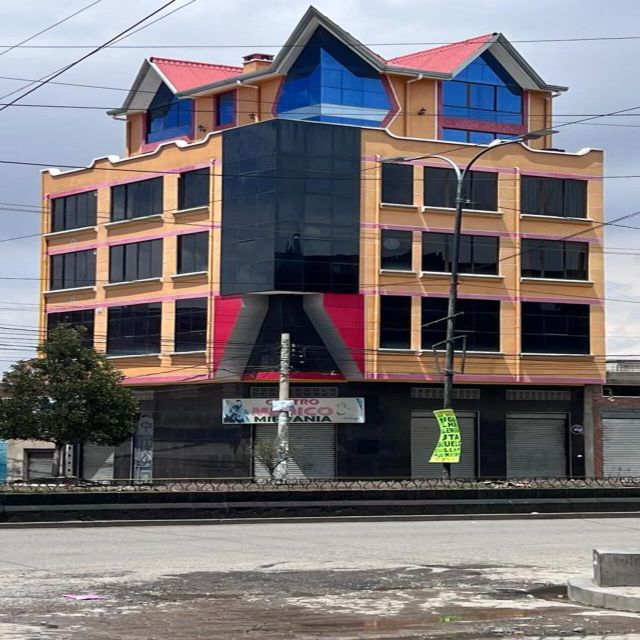
- Cultural significance embedded in every structure, showcasing indigenous heritage
- Fusion of traditional techniques with modern materials for sustainable design
- Unique design elements reflecting deep connections to nature and spirituality
- Community involvement essential for preservation and evolution of Andean architectural landscape
History of Andean Architecture
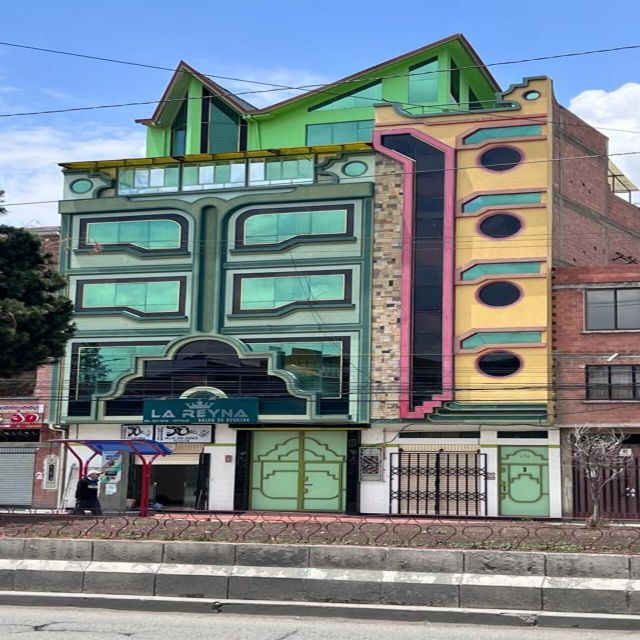
Andean architecture, shaped by centuries of cultural influences and environmental considerations, stands as a testament to the rich history and ingenuity of the indigenous communities in the region. Cultural significance is deeply ingrained in every stone and structure, reflecting the beliefs and values of the people who built them.
Traditional techniques, passed down through generations, can still be seen in the intricate designs and layout of these buildings. On top of that, modern interpretations of Andean architecture have started to blend with traditional styles, with community involvement playing a crucial role in preserving and evolving these architectural marvels.
Through community workshops and collaborations, indigenous groups are actively participating in the preservation and adaptation of their architectural heritage, ensuring that these buildings continue to stand as symbols of cultural pride and resilience.
Characteristics of Indigenous Buildings
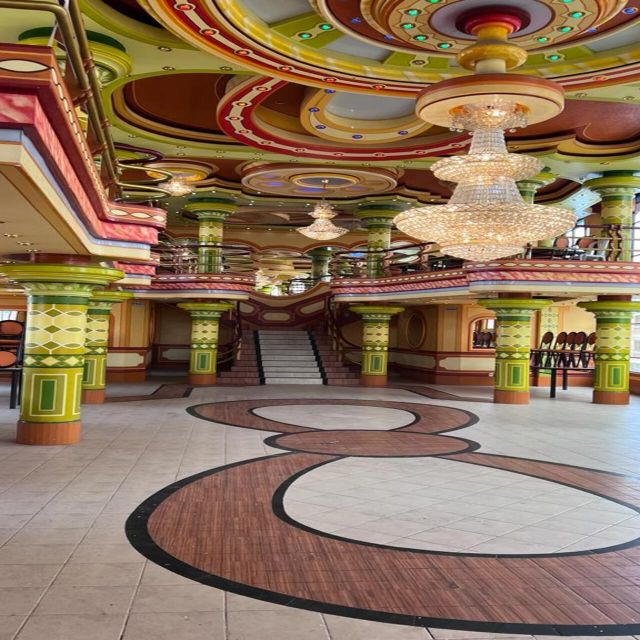
With a keen eye for detail and a deep respect for cultural traditions, indigenous buildings in the Andean region showcase a harmonious blend of functionality and symbolic meaning.
-
Cultural Significance: Indigenous buildings often reflect the spiritual beliefs, rituals, and customs of the community, serving as tangible representations of their cultural heritage.
-
Materials: Traditional materials like adobe, stone, and thatch are commonly used in indigenous construction, connecting the buildings to the natural environment.
-
Design Elements: Indigenous buildings feature unique architectural elements such as intricate carvings, vibrant colors, and symbolic patterns that hold deep cultural meanings.
-
Modern Adaptations: While preserving traditional techniques, some indigenous buildings have adapted to modern needs by incorporating amenities like electricity and plumbing without compromising their cultural integrity.
Influence of Indigenous Culture

Indigenous culture profoundly shapes the architectural landscape of the Andean region, infusing structures with rich symbolic meanings and traditional craftsmanship. Indigenous traditions play a significant role in the design, layout, and decoration of buildings, reflecting a deep connection to nature, community, and spirituality.
The architectural influences of Indigenous cultures can be seen in the use of natural materials such as adobe, stone, and thatch roofs, as well as in the incorporation of intricate geometric patterns and vibrant colors. These elements not only enhance the aesthetic appeal of the buildings but also carry cultural significance, preserving and promoting Indigenous heritage.
Unique Architectural Features
Exhibiting a fusion of traditional craftsmanship and modern innovation, the unique architectural features of the Andean region captivate with their intricate details and cultural significance.
- Cultural Significance: The architecture in the Andean region often reflects the deep-rooted cultural traditions and beliefs of the indigenous communities.
- Intricate Designs: Buildings showcase intricate geometric patterns, vibrant colors, and symbolic motifs that hold historical and spiritual meanings.
- Modern Adaptations: While preserving traditional techniques, modern architects in the Andean region have incorporated contemporary materials and sustainable practices.
- Sacred Spaces: Many structures serve as sacred spaces, honoring nature, ancestors, and spiritual connections that are integral to Andean beliefs.
The architectural landscape in the Andean region not only tells a story of the past but also embraces the future through a harmonious blend of tradition and innovation.
Sustainable Building Practices
The evolution of Andean architecture towards sustainability intertwines traditional craftsmanship with eco-conscious practices, ensuring a harmonious balance between heritage and environmental responsibility. Sustainable design principles are deeply rooted in cultural influences, guiding the construction of eco-friendly buildings that respect the surrounding environment. By incorporating locally-sourced materials, such as adobe and stone, and utilizing traditional building techniques passed down through generations, architects can create structures that blend seamlessly with nature. Plus, implementing passive heating and cooling systems, water conservation methods, and renewable energy sources further enhances the sustainable nature of Andean architecture. This approach not only preserves the rich cultural heritage of the region but also contributes to a more environmentally friendly future.
| Sustainable Building Practices | Cultural Influences |
|---|---|
| Locally-sourced materials | Traditional techniques |
| Passive heating and cooling systems | Preservation of heritage |
| Water conservation methods | Environmental responsibility |
Integration of Nature in Design
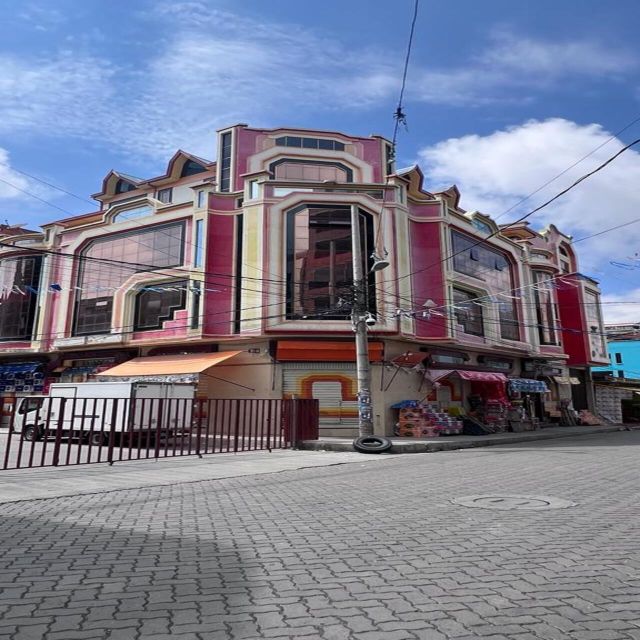
Incorporating elements of the natural landscape into architectural design enhances the sustainability and aesthetic appeal of Andean structures. This integration and innovation not only blend the buildings harmoniously with their surroundings but also serve practical purposes.
Here are four ways in which nature is integrated into Andean architecture:
-
Green Roofs: Utilizing living vegetation on rooftops provides insulation, reduces stormwater runoff, and promotes biodiversity.
-
Natural Materials: Incorporating locally sourced materials like adobe, stone, and wood not only connects the buildings to the environment but also reduces carbon footprint.
-
Courtyards and Gardens: Including inner gardens and open spaces within structures enhances ventilation, natural light, and creates peaceful retreats.
-
Symbolic Landscaping: Cultural symbolism and aesthetics are reflected in the landscaping, honoring traditions and beliefs tied to the natural world.
Preservation Efforts and Challenges

Efforts to preserve Andean and Indigenous architecture face multifaceted challenges that require innovative solutions and collaborative initiatives. Preservation challenges stem from factors like urbanization, modernization, and natural disasters that threaten these culturally significant structures.
Cultural influences play a crucial role in shaping preservation efforts, as traditional building techniques and materials must be balanced with contemporary conservation practices. Striking this balance while respecting the cultural heritage embedded in these architectural marvels poses a significant challenge.
Collaborative efforts involving local communities, government agencies, and preservation organizations are essential to ensure the sustainable safeguarding of these architectural treasures for future generations. By addressing these preservation challenges with a deep understanding of cultural influences, the rich architectural legacy of the Andean and Indigenous communities can be protected and celebrated.
Future Trends in Andean Architecture
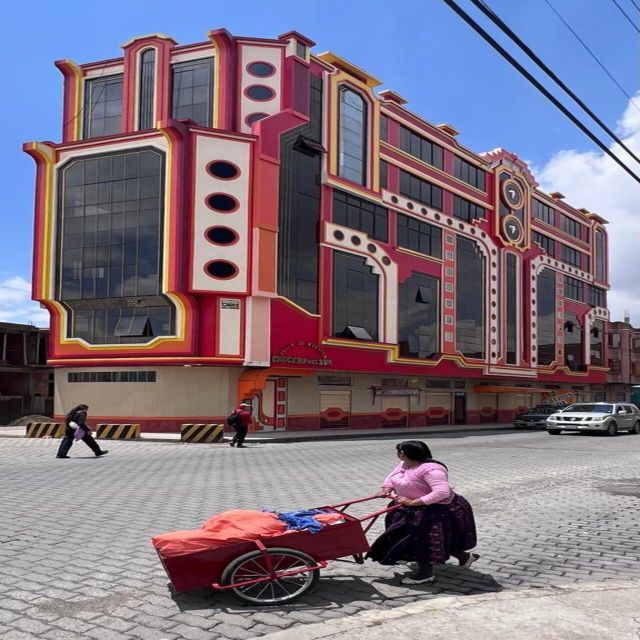
In shaping the future of Andean architecture, innovative design concepts are paving the way for a harmonious blend of tradition and modernity.
-
Modern Interpretations: Architects are incorporating contemporary materials and technology while drawing inspiration from traditional Andean building techniques to create futuristic structures that honor the past.
-
Cultural Adaptations: Future trends in Andean architecture involve a deep understanding and integration of indigenous cultural elements, ensuring that new buildings reflect the rich heritage of the region.
-
Sustainable Practices: There’s a growing emphasis on eco-friendly and sustainable architecture, with an increased focus on utilizing local materials and implementing energy-efficient design solutions.
-
Community Engagement: Architects are increasingly involving local communities in the design process, ensuring that future architectural developments meet the needs and aspirations of the people they serve.
Common questions
Are There Any Specific Rituals or Ceremonies Associated With the Construction of Andean and Indigenous Buildings?
In Andean and Indigenous architecture, cultural practices and building traditions are integral. Specific rituals and ceremonies often accompany construction, symbolizing community unity, spiritual connections, and respect for the environment. These customs enrich the architectural heritage.
How Do Andean and Indigenous Communities Incorporate Storytelling and Symbolism Into Their Architectural Designs?
Andean and Indigenous communities infuse their architectural designs with symbolic storytelling and cultural rituals. Through intricate details and meaningful elements, their structures become a canvas of heritage, connecting past narratives with present realities.
What Role Do Local Materials Play in the Construction of Traditional Andean and Indigenous Buildings?
Local materials are fundamental in traditional Andean and Indigenous construction. They contribute to sustainability, hold cultural significance, and drive architectural innovation. Utilizing resources like adobe, stone, and wood, these buildings reflect a deep connection to the land.
Are There Any Superstitions or Beliefs That Influence the Layout and Design of These Architectural Structures?
Superstitions and beliefs deeply influence the layout and design of architectural structures. These influences shape rituals and ceremonies tied to construction. Design choices often reflect cultural values and spiritual connections, creating spaces rich in tradition and meaning.
How Do Modern Amenities and Technology Coexist With the Traditional Architectural Styles in Andean and Indigenous Communities?
In Andean and Indigenous communities, modern amenities and technology creatively blend with traditional architectural styles. This sustainable integration prioritizes cultural preservation, showing how technological adaptation and community engagement can harmoniously coexist, preserving heritage while enhancing quality of life.
Last Words
Explore the captivating blend of traditional Andean and Indigenous architecture in El Alto City, Bolivia, and learn about the cultural heritage of the region. From the iconic Cholets to sustainable building practices, this tour offers a unique insight into the architectural marvels of La Paz Department.
With a knowledgeable guide leading the way, participants are sure to gain a deeper appreciation for the rich history and unique features of Andean architecture. Don’t miss this unforgettable journey through architectural wonders!